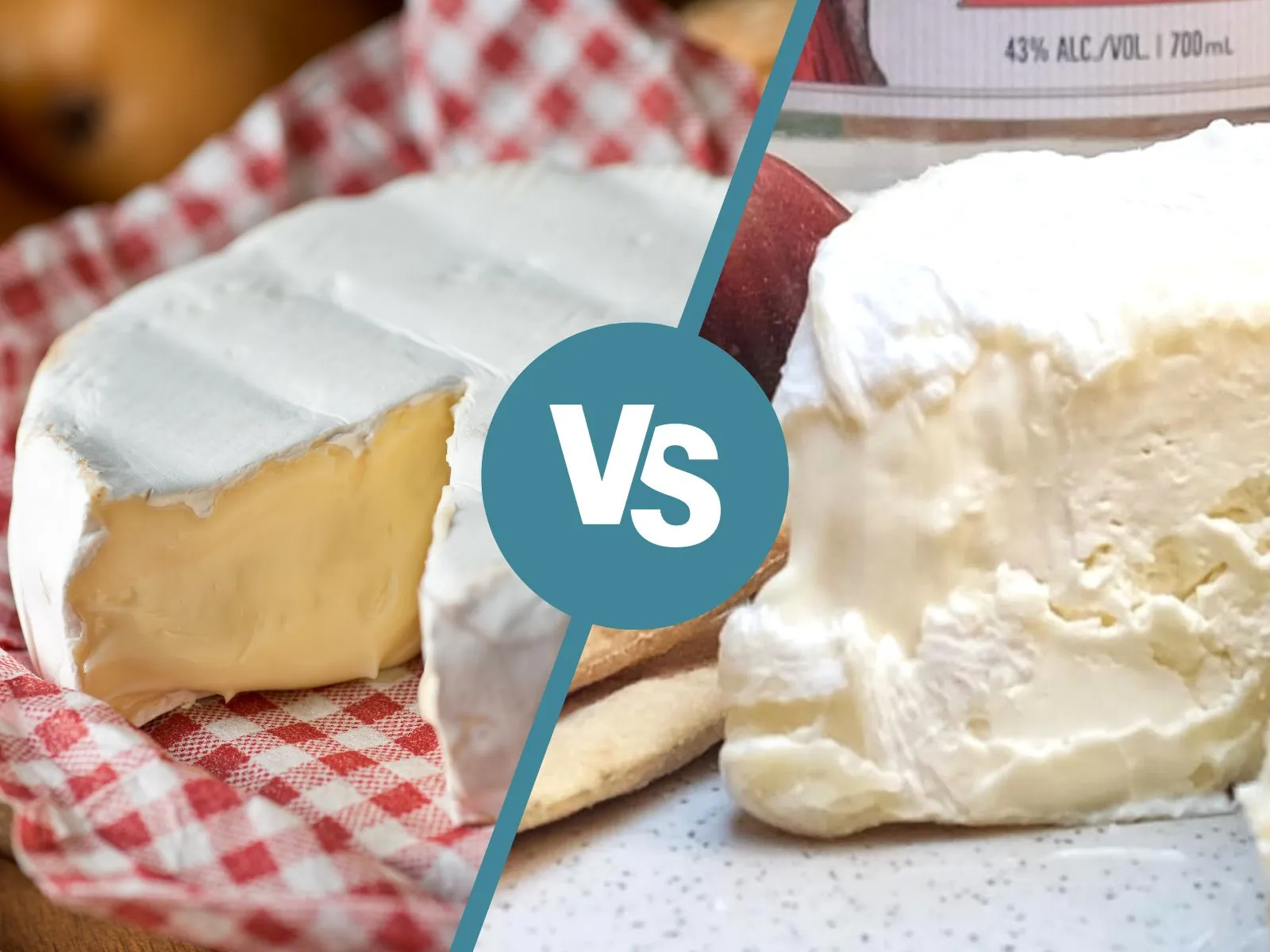
Double and triple cream brie may seem nearly identical at first glance, but a closer look reveals key differences that set these two types of creamy, indulgent cheeses apart. With roots in traditional French cheesemaking, both double and triple cream brie offer a rich texture and unique flavor profile, yet their butterfat content and production methods create distinct experiences for the palate.
Double cream brie, known for its smooth, buttery character, offers a balance of richness and lightness. Triple cream brie, in contrast, takes this luxury a step further, with an added portion of cream that creates an ultra-silky, decadent texture.
Also, check out my exploration of the best food in Brazil.
In this guide, explore how these varieties differ in flavor, texture, and ideal pairings to bring out the best in your cheese experience. Anyone with a taste for fine cheese will find a deeper appreciation for double and triple cream brie by understanding what truly sets them apart.
Let’s Start With Main Differences
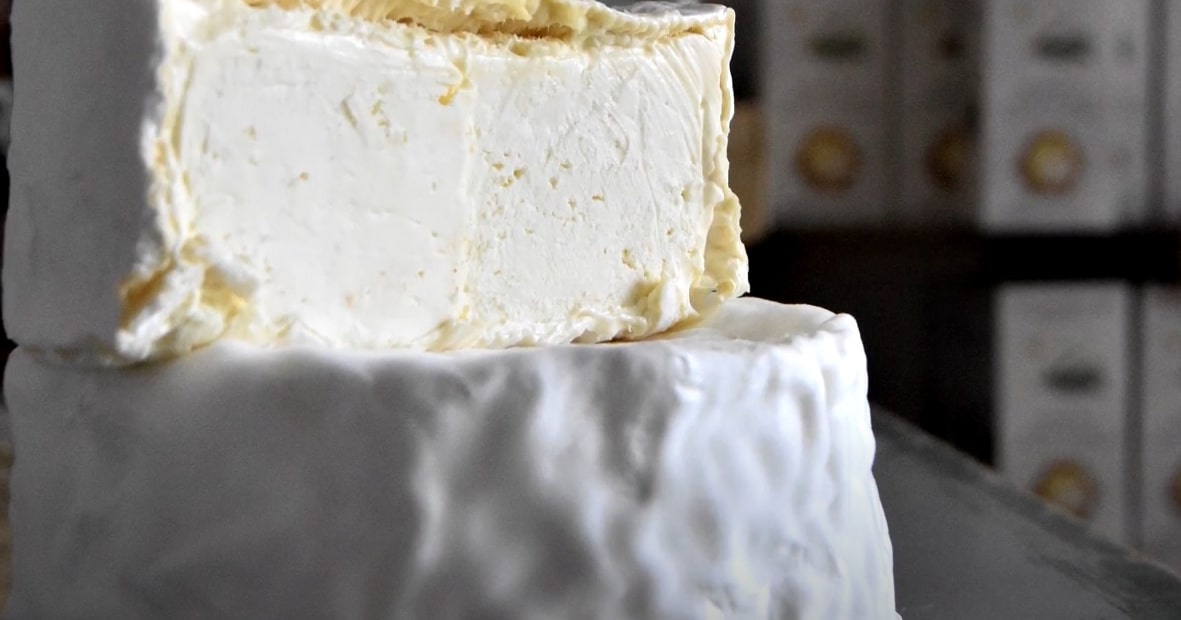
Double and triple cream brie may come from the same family of soft-ripened cheeses, but each offers a unique journey for anyone exploring the world of cheese. A primary distinction between the two lies in the amount of added cream, directly impacting texture, richness, and overall flavor.
Double cream brie is crafted with a specific amount of cream to reach its butterfat level, giving it a balanced, mild profile that is both creamy and light. Triple cream brie, on the other hand, incorporates even more cream, making it softer, more indulgent, and richly luxurious.
Beyond the taste and texture, these cheeses also differ in their pairing options, with double creams often lending themselves to more versatile pairings, while triple creams suit decadent accompaniments.
Double and Triple Cream Brie Differences
| Aspect | Double Cream Brie | Triple Cream Brie |
|---|---|---|
| Butterfat Content | 60-74% | 75% or higher |
| Texture | Dense yet creamy, smooth | Extremely soft, almost spreadable |
| Flavor Profile | Buttery with mild tang | Rich, velvety, slightly sweet |
| Ideal Pairings | Fruits, nuts, honey | Champagne, berries, artisanal bread |
| Best Enjoyed | As a balanced option with versatile flavors | For a decadent treat or special occasions |
Everything You Should Know About Double Cream Brie
Double cream brie is a classic among soft cheeses, known for its smooth texture, balanced flavor, and adaptability in pairing with a variety of foods.
I will now share a few thoughts on why double cream brie stands out to many cheese lovers as the go-to option in the world of soft-ripened cheeses.
Key Characteristics
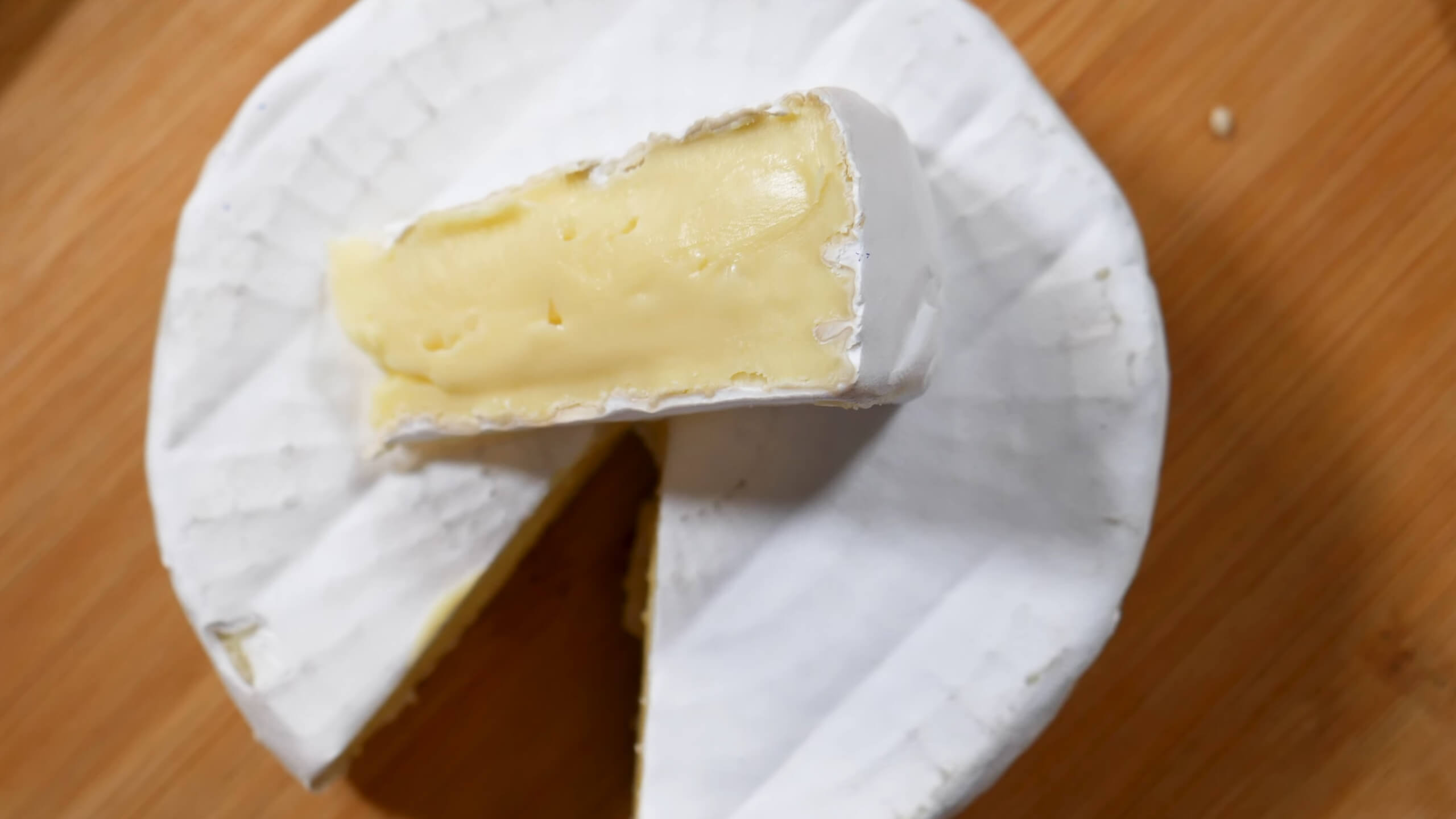
Double cream brie sits comfortably in the middle of the bloomy-rind family. With a butterfat content ranging from 60% to 74%, it is known for its creamy, but not overly rich, texture. Here are a few of its defining characteristics:
- Butterfat Content: Typically between 60-74%, providing a creamy but slightly firm texture that holds well on a cheese board.
- Texture: Soft and smooth, offering a luxurious experience without being too heavy. When sliced, it holds its shape but melts in your mouth.
- Flavor: Mild, buttery, with a touch of earthy undertones. Double cream brie doesn’t overwhelm; it is just rich enough to satisfy but mild enough for anyone trying it for the first time.
Ideal Pairings
Pairing double cream brie with the right foods can bring out its flavor in unique ways. Because of its moderate butterfat content, it can handle both sweet and savory additions:
- Fruits: Fresh apples, pears, and figs add a touch of sweetness that contrasts beautifully with the creamy brie.
- Nuts: Almonds, walnuts, and pecans bring a crunchy texture that complements the cheese’s smoothness.
- Honey: A drizzle of honey over double cream brie can add a floral sweetness that pairs well with the cheese’s mild tang.
Tips for Serving
Double cream brie is best enjoyed when served at the right temperature. Take it out of the fridge at least 30 minutes before serving to allow the flavors and texture to fully develop. Here are a few tips for getting the most out of your brie:
- Room Temperature: Always let it sit out for 30 minutes before serving; this brings out its creamy texture and rich flavor.
- Presentation: Cut slices that are thick enough to hold, as it’s soft but not overly runny.
- Pair with a Good Baguette: A simple baguette brings a perfect balance, letting the brie’s mildness shine without overpowering it.
Well-Known Brands
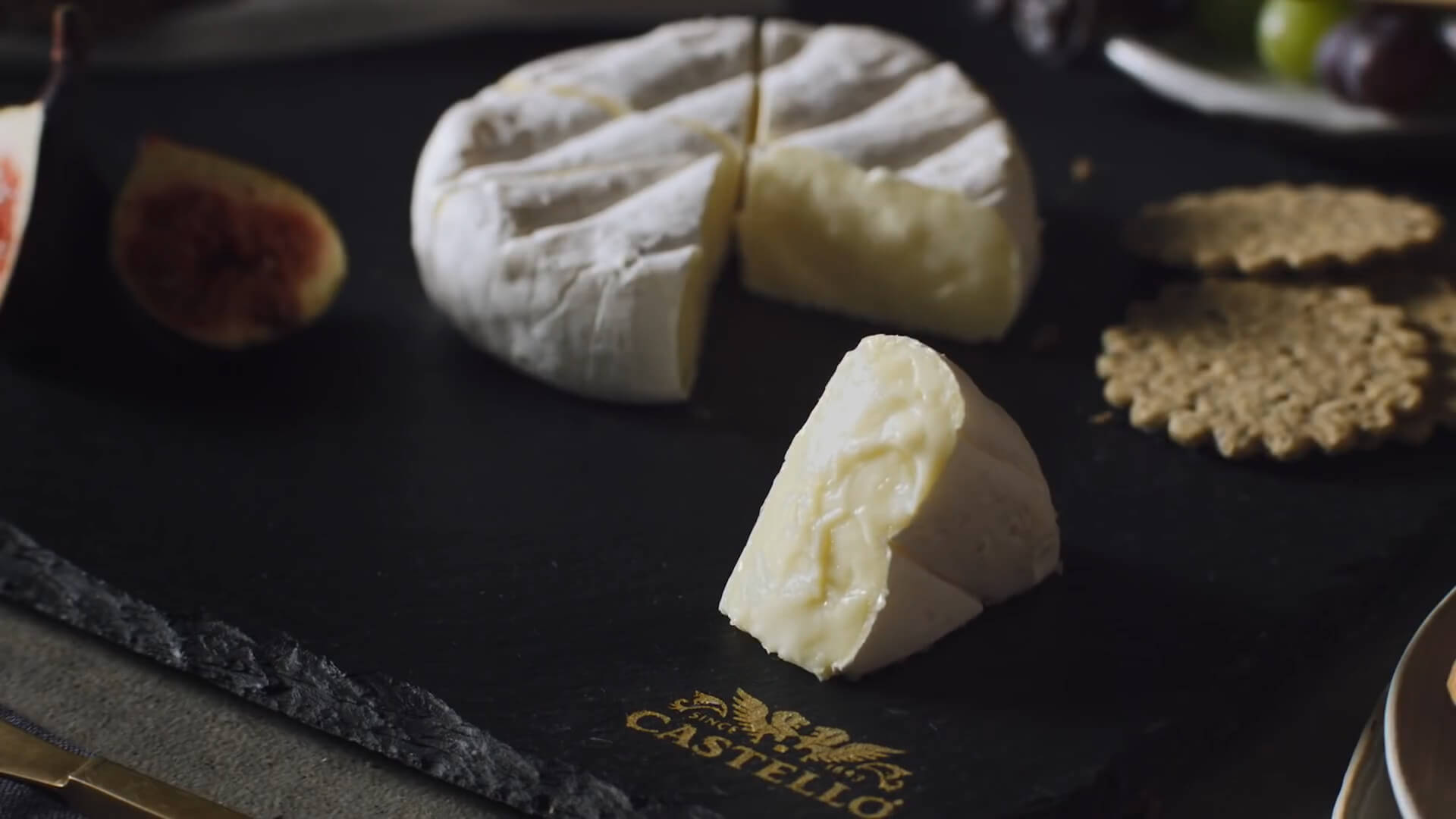
- Président (France): A classic French choice, Président double cream brie is mild and creamy, found almost everywhere.
- Fromager d’Affinois (France): Known for being extra smooth, this brand makes a soft, rich double cream that melts in your mouth.
- La Bonne Vie (France): This French brie is popular in the U.S., balancing creaminess with a mild taste.
- Vermont Creamery (USA): A U.S. favorite, Vermont Creamery’s double cream brie has a delicate, buttery flavor.
- Castello (Denmark): Castello brings a mild double cream with a balanced texture, ideal for anyone just starting to explore brie.
In my opinion, double cream brie strikes a perfect balance between indulgent and approachable. It’s not too rich, so it doesn’t dominate a cheese board, and it pairs well with a wide range of foods. For anyone who enjoys a mild cheese with a creamy texture, double cream brie is an easy favorite.
Now, Let’s See What Makes Triple Cream Brie Special
If you’re familiar with double cream, think of triple cream as its more luxurious counterpart, one that spreads like silk and has a flavor profile that stays with you.
Features
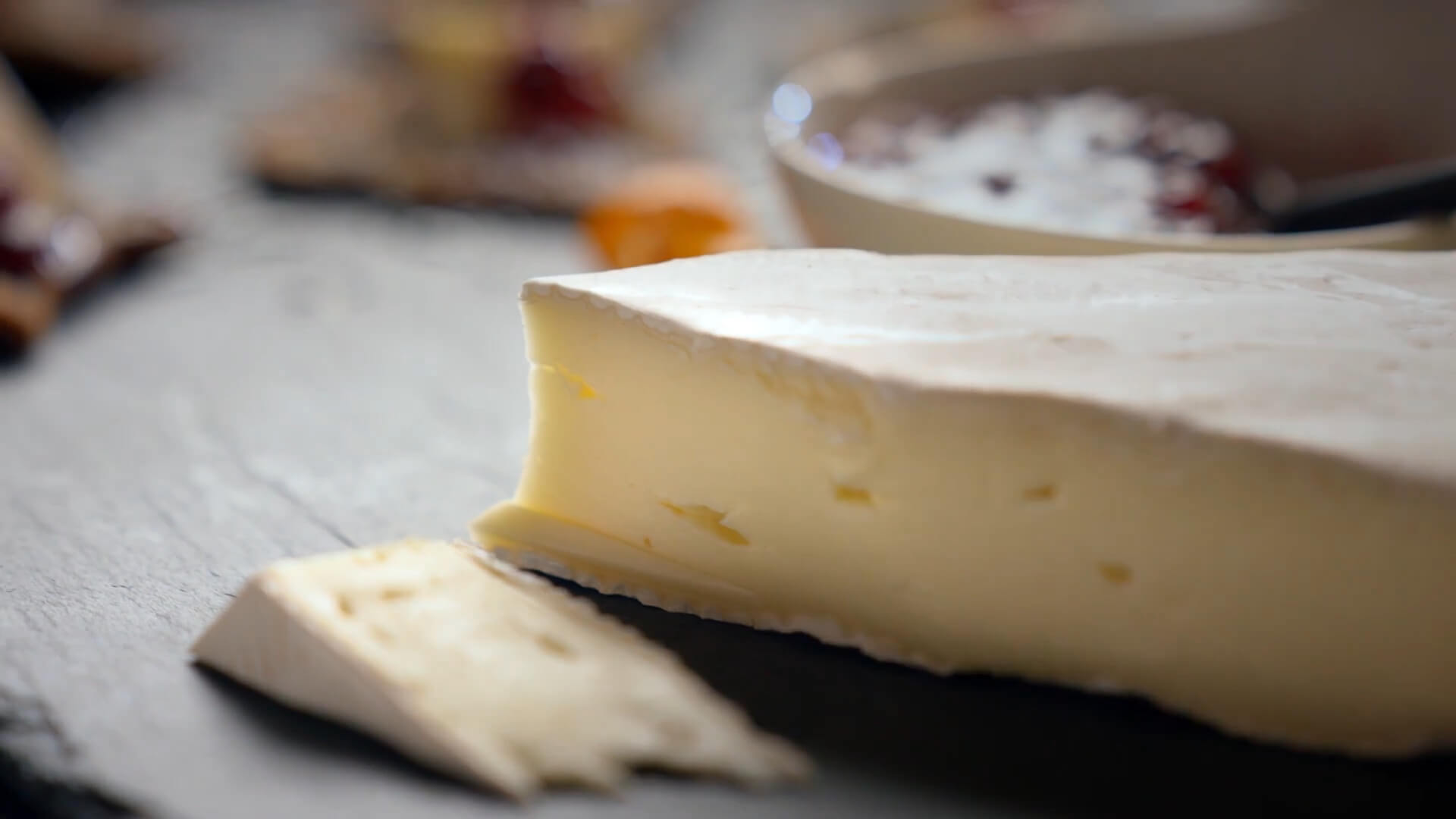
Triple cream brie earns its name through its exceptionally high butterfat content, which reaches a minimum of 75%. Here are a few standout characteristics that make this cheese so special:
- Butterfat Content: A higher fat content (75% or more) results in a lush, velvety texture that’s even softer than double cream varieties.
- Texture: Ultra-creamy and practically spreadable at room temperature, it has a consistency closer to whipped butter or clotted cream.
- Flavor: Richer and often slightly sweeter than double cream, with a touch of tang that balances out its intense creaminess.
Best Pairings
Triple cream brie’s decadence makes it ideal for pairing with more refined and flavorful additions. These pairings will elevate the tasting experience:
- Fresh Berries: Strawberries, blueberries, and raspberries bring a refreshing contrast to the richness of triple cream.
- Champagne or Sparkling Wine: A glass of something bubbly cuts through the richness and leaves a clean palate, making each bite as good as the first.
- Artisanal Bread or Crackers: A simple crusty bread or neutral crackers provide the perfect canvas for the cheese without overshadowing its flavor.
How to Serve?
For the best experience with triple cream brie, allow the cheese to reach its full potential by following a few serving suggestions:
- Serving Temperature: Leave it out for 40-50 minutes before serving to achieve the ultimate spreadable texture.
- Use a Cheese Spreader: Its softness means a spreader is ideal, letting you slather it smoothly over bread or crackers without any fuss.
- Enjoy Small Portions: Triple cream is rich, so savoring smaller bites allows you to appreciate its depth of flavor without overwhelming your palate.
Well-Known Brands?
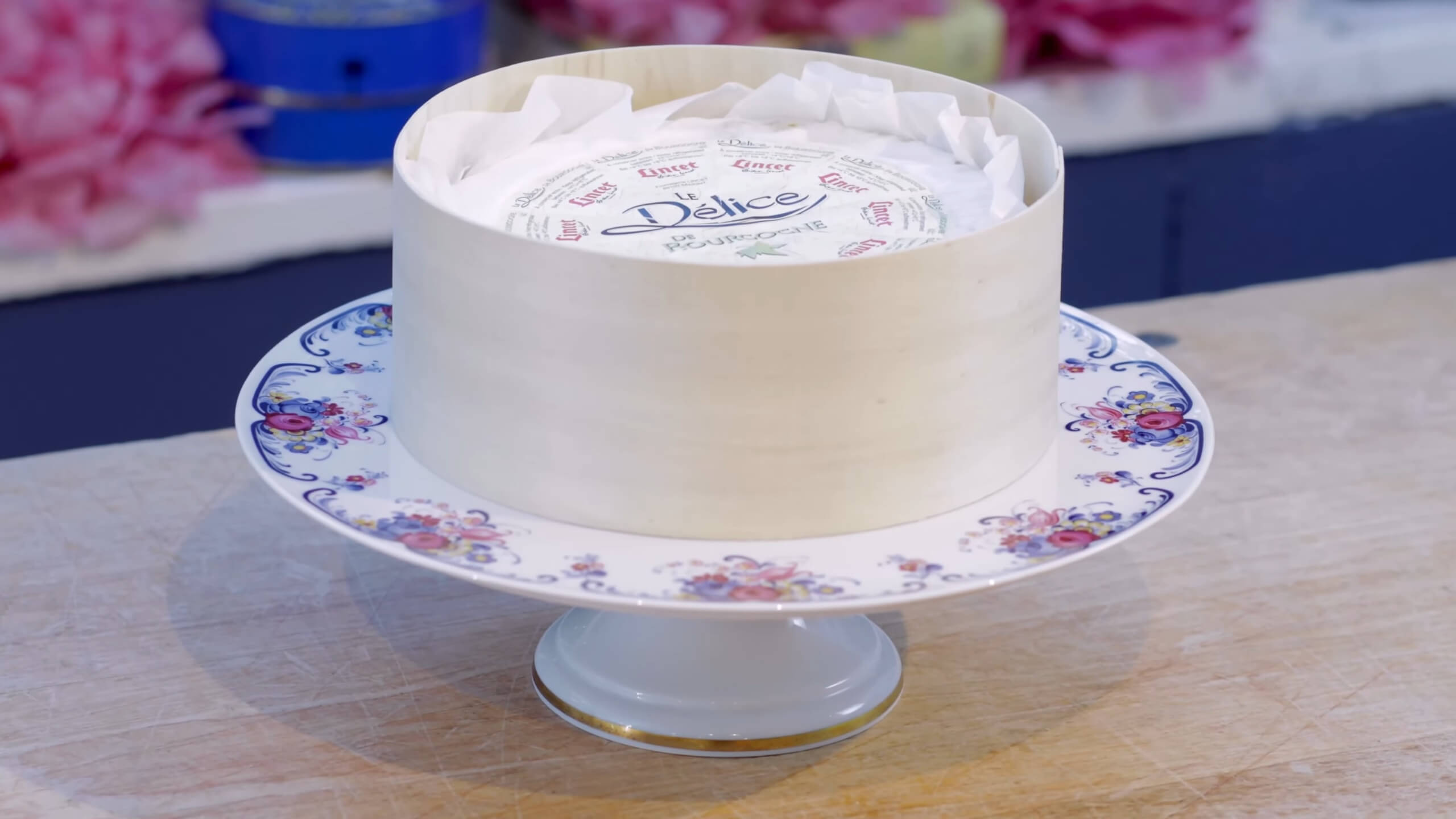
Triple cream brie is the ultimate indulgence with its rich, buttery texture. These brands are known for some of the best:
- Brillat-Savarin (France): An iconic French triple cream with a smooth, dessert-like quality.
- Saint-André (France): Known for its saltiness and rich creaminess, Saint-André is perfect for a decadent treat.
- Marin French Cheese Company (USA): This California-made triple cream is mild and creamy, perfect for a unique American twist.
- Cowgirl Creamery Mt Tam (USA): A creamy, mushroom-flavored triple cream made with organic milk in California.
- Délice de Bourgogne (France): A triple cream with an extra buttery taste, great with fruits and wine.
I have to say, triple cream brie is one of those cheeses you save for special occasions. Its richness can turn any meal into a luxury experience, which makes it memorable. While double cream has its charm as an everyday option, triple cream brie takes things up a notch, providing an indulgent treat that is simply hard to beat.
In France, the terms “double cream” and “triple cream” are legally defined based on butterfat content, ensuring consistency and quality across varieties. To be classified as a double cream, the cheese must contain between 60% and 75% butterfat in the dry matter, which is the solid content of the cheese excluding water. Triple cream cheese, on the other hand, must contain a minimum of 75% butterfat in the dry matter, which results in its luxurious, ultra-creamy texture.
These standards help maintain the unique characteristics of each category, especially in French cheeses like Brillat-Savarin or Délice de Bourgogne. U.S. cheesemakers often follow these guidelines, though they aren’t legally bound by them, which sometimes results in slight variations in butterfat content among American-made triple cream cheeses.
Final Thoughts
Double and triple cream brie each provide a unique experience, with different textures and levels of richness. Double cream brie delivers a creamy, satisfying taste that works well for a variety of occasions and has a balanced richness that is perfect for everyday enjoyment. Triple cream brie, in contrast, brings an extra level of indulgence with a silky texture that enhances any special occasion.
Knowing the difference between these two types of brie allows you to pick a cheese that perfectly suits your taste and occasion. Choosing between a milder, smooth double cream or the decadent richness of a triple cream means there is something for everyone in the world of soft cheeses.
















